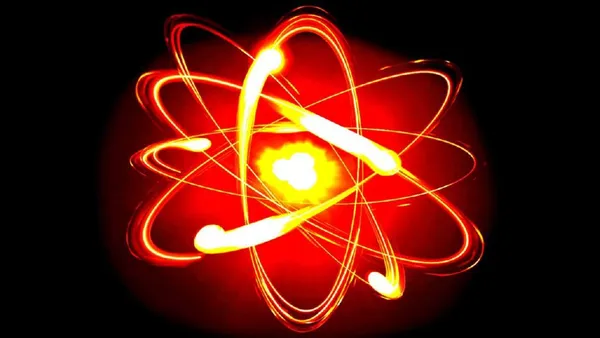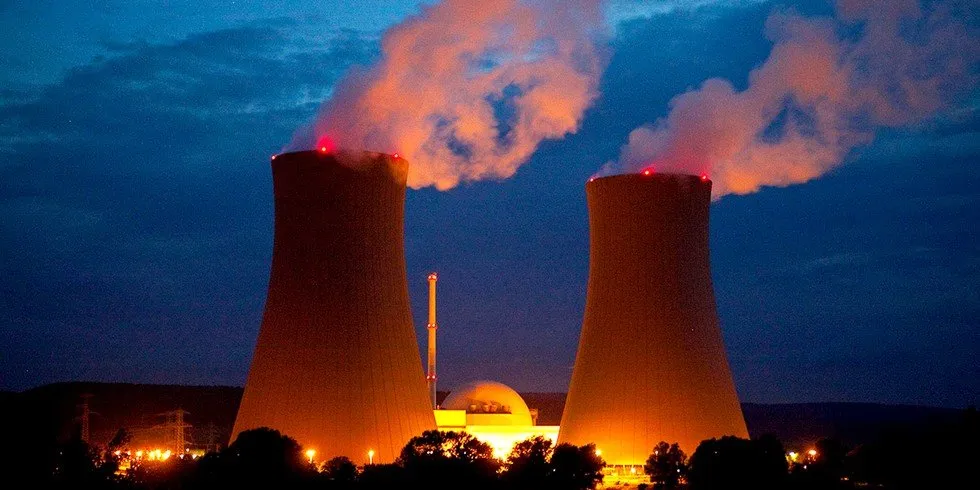
"What is Nuclear Energy? Could it Possibly be a Practical Power Source?"
I believe in the reality that we are living in a generation where in energy is a requisite to sustain every life on earth. Energy consumption in various forms useful to humans such as electricity has been significantly increasing through time and it is becoming a serious threat to human survival.
Growing demands initially require vast quantity of supply with considerable number of human working force. An infinite amount of supply might resolve the problem of increasing demands. However, both are not the only problems that we should be addressing.
First, you must know that the main sources of this energy include coal, oil, natural gasses, uranium, biomass, geothermal energy and nature such as the wind, the moving water and the sunlight. Second, you must understand that most of these fuels need to be burned first in order to release energy.
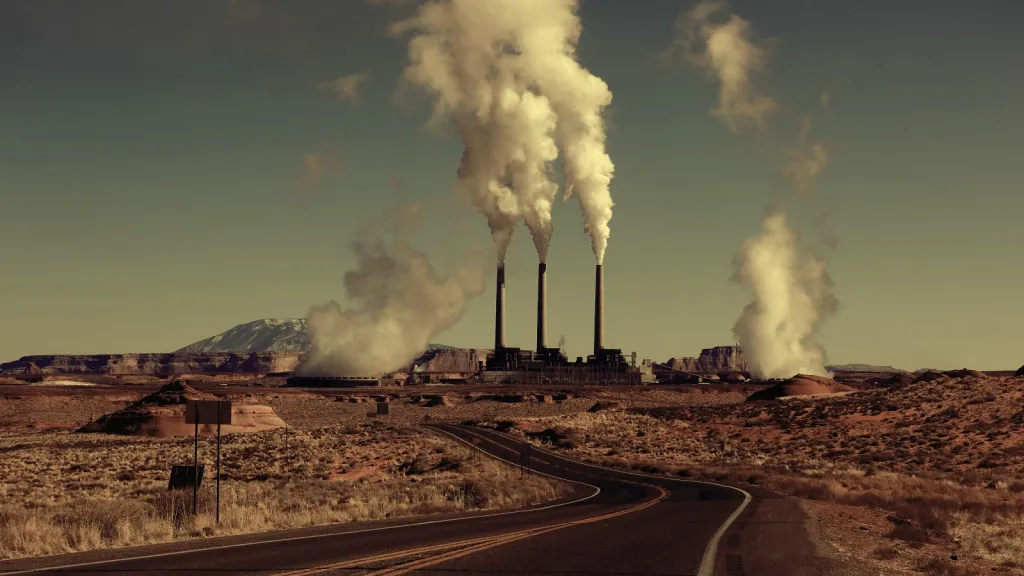
The burning process of these carbon-based fuels also releases harmful pollutants to earth’s atmosphere which then also contributes to greenhouse effect and increase global temperature which is a more serious threat to life in earth.
There is no question about the environmental advantages of renewable energy sources such as sunlight, wind and moving water but the problem about these energy sources is their inconsistency and reliability during bad weather or drought-riddled times.
Not to mention the difficulty of generating large and sufficient amount of energy with equivalent energy produced by customary energy generators. Also, the cost of this technology is far in excess with the traditional way of generating energy.
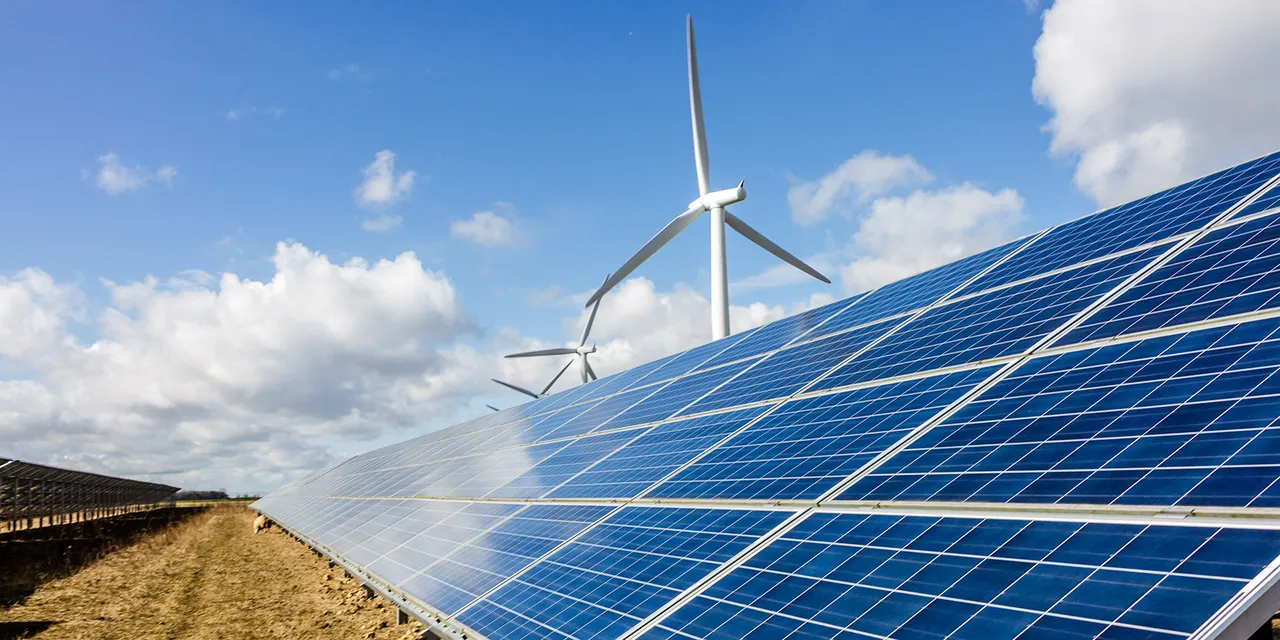
Therefore, we really need to come up and decide with a better answer, somewhat like a long-term solution to this entire problem relating energy consumption. Fortunately, there already exist a better solution now, and that is nuclear fusion.
Stephen Hawking, one of the most famous in the world believed that nuclear fusion could provide an inexhaustible supply of energy without pollution or global warming. You can view his answer in an exclusive video in BBC here.
Before we understand Hawking’s point of view, let us first define what nuclear energy is. According to National Nuclear Regulator, nuclear energy is the energy in the nucleus or core of an atom. You can read the entire description here.
Under certain circumstances, the nucleus of a very large atom can split in two. In this process, a certain amount of the large atom’s mass is converted to pure energy following Einstein’s famous and in the 1930s and ’40s humans discovered this energy and recognized its potential as a weapon. Source whatisnuclear.com.
The discovery and development of nuclear energy can be traced back in Germany in year 1895 when Roentgen discovered a new kind of ray by experimenting with cathode rays in a glass tube. He then called the unknown ray an X-ray.

Basically, there are two fundamental process considered for nuclear energy production; fission and fusion. It is the fission reaction process that was discovered first and used by all commercial nuclear power plants to generate energy.
Fission is the energetic splitting of large atoms such as Uranium and Plutonium into two smaller atoms called the fission products .This splitting process involves hitting of those atoms with neutron. Also, the process simultaneously release neutrons which could also split other nearby atoms to produce a nuclear chain reaction of sustained energy release (source whatisnuclear.com).
Fusion on the other hand is the process of combining two smaller atoms such as Hydrogen or Helium to produce heavier atoms and energy. This particular process efficiently reduces radioactive byproducts significantly while producing much larger energy than fission.
However, this process has not been commercially developed yet although this reaction process occurs naturally in the sun where Hydrogen is used as fuel producing Helium as waste. This means that fission is the only reaction process used in all nuclear power plants today.
Nuclear energy from fission reaction currently supplies 12% of the world’s electricity. I will not explain the process on how this particular energy is converted into electricity but if you are interested about it then you can read it here.
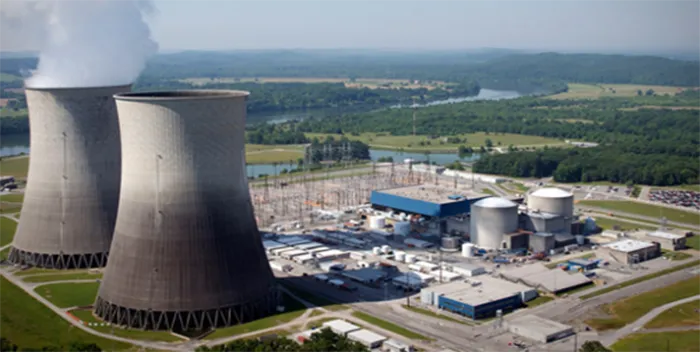
There are over 400 nuclear power reactors in the whole world today and about 100 of that are in the USA. That number produces 20% of the total electricity consumption in the entire United States of America. That’s a 24/7 generation of energy without emission of pollutants such as carbon dioxide.
The problem with nuclear power plants today is the radioactive nuclear waste which must be stored carefully. Also consistent safety maintenance is also essential to avoid accidents which could cause spillage of this radioactive waste is extremely dangerous to environment.
This is why, Stephen Hawking preferred nuclear fusion rather than nuclear fission since nothing radioactive is really involved in fusion at all. Therefore nuclear fusion must be taken into consideration to get rid of the idea that nuclear power plant would just bring us potential disaster in the future.
References:
1.) http://www.nnr.co.za/what-is-nuclear-energy/
2.) https://medium.com/starts-with-a-bang/the-future-of-energy-isnt-fossil-fuels-or-renewables-it-s-nuclear-fusion-8b9c09ad6e25
3.) https://whatisnuclear.com/articles/nucenergy.html
4.) https://nuclear.gepower.com/company-info/nuclear-power-basics




